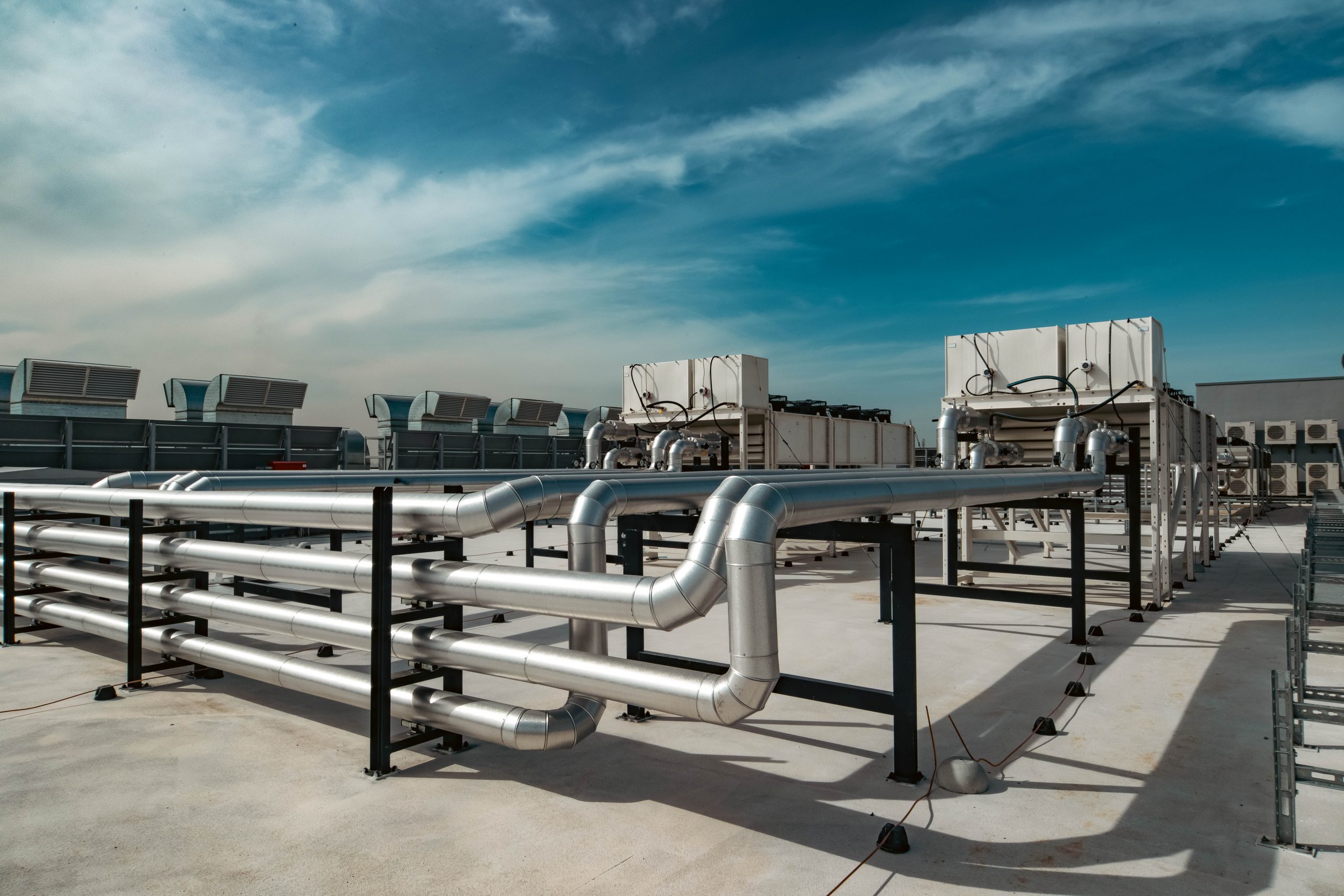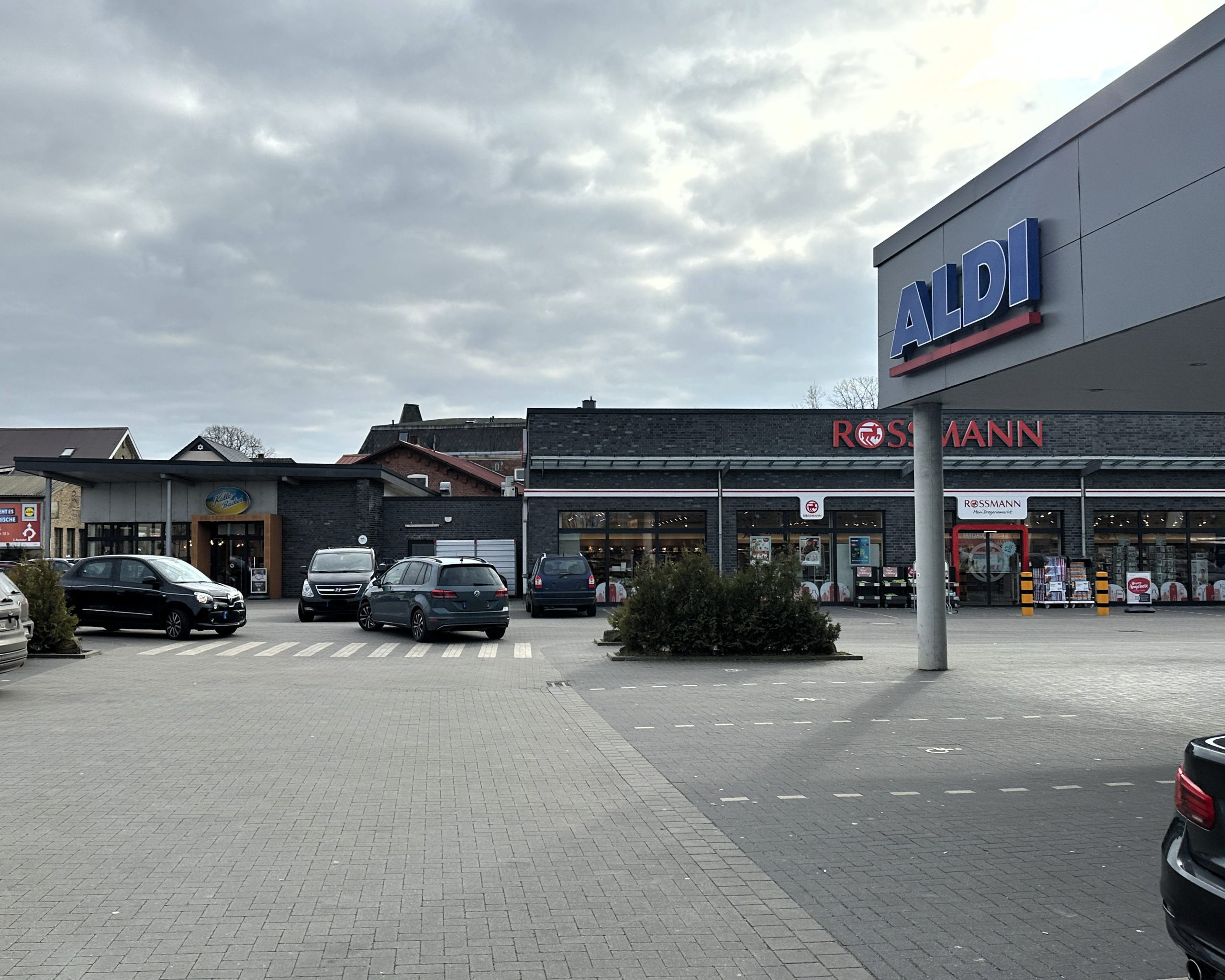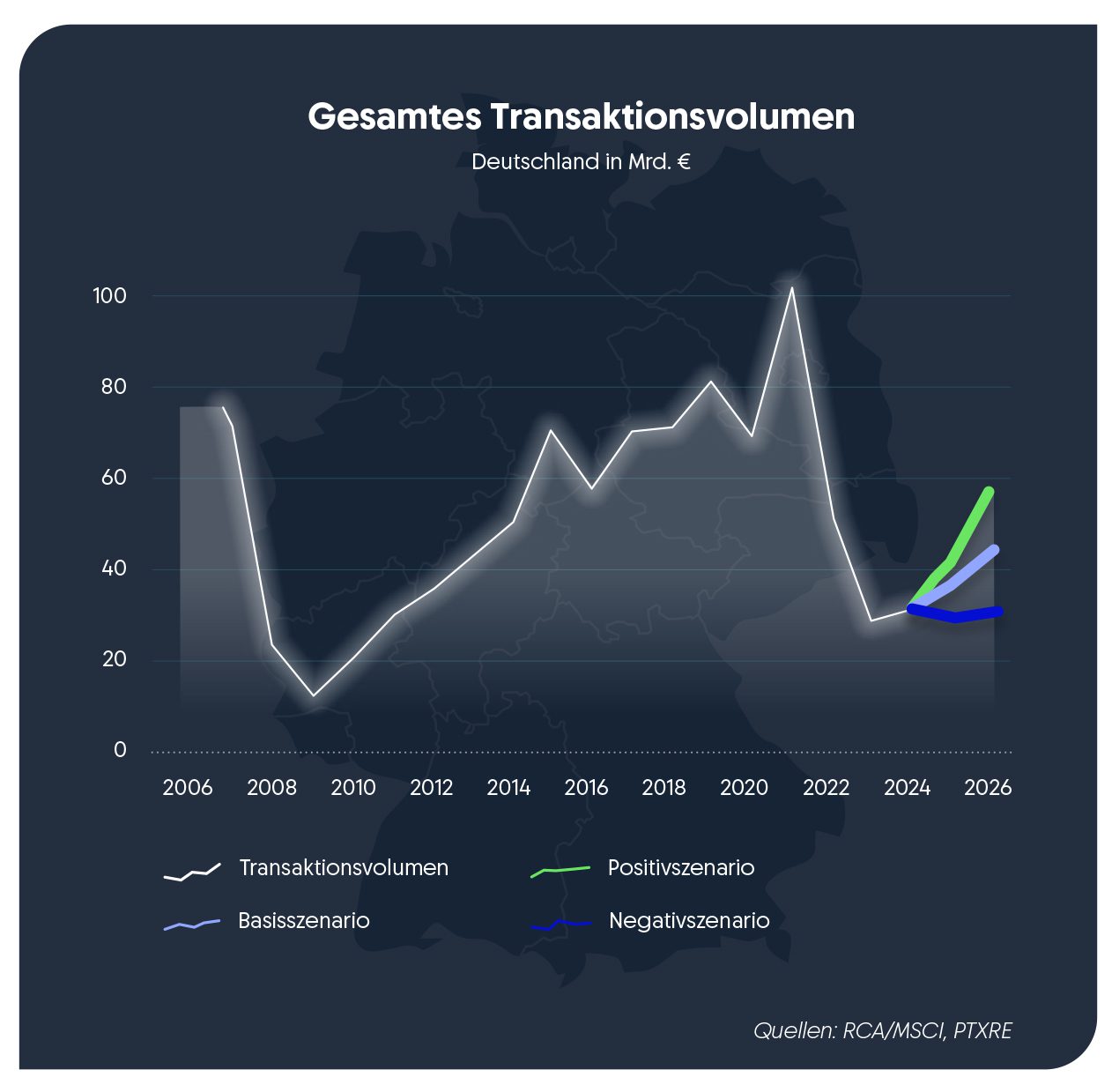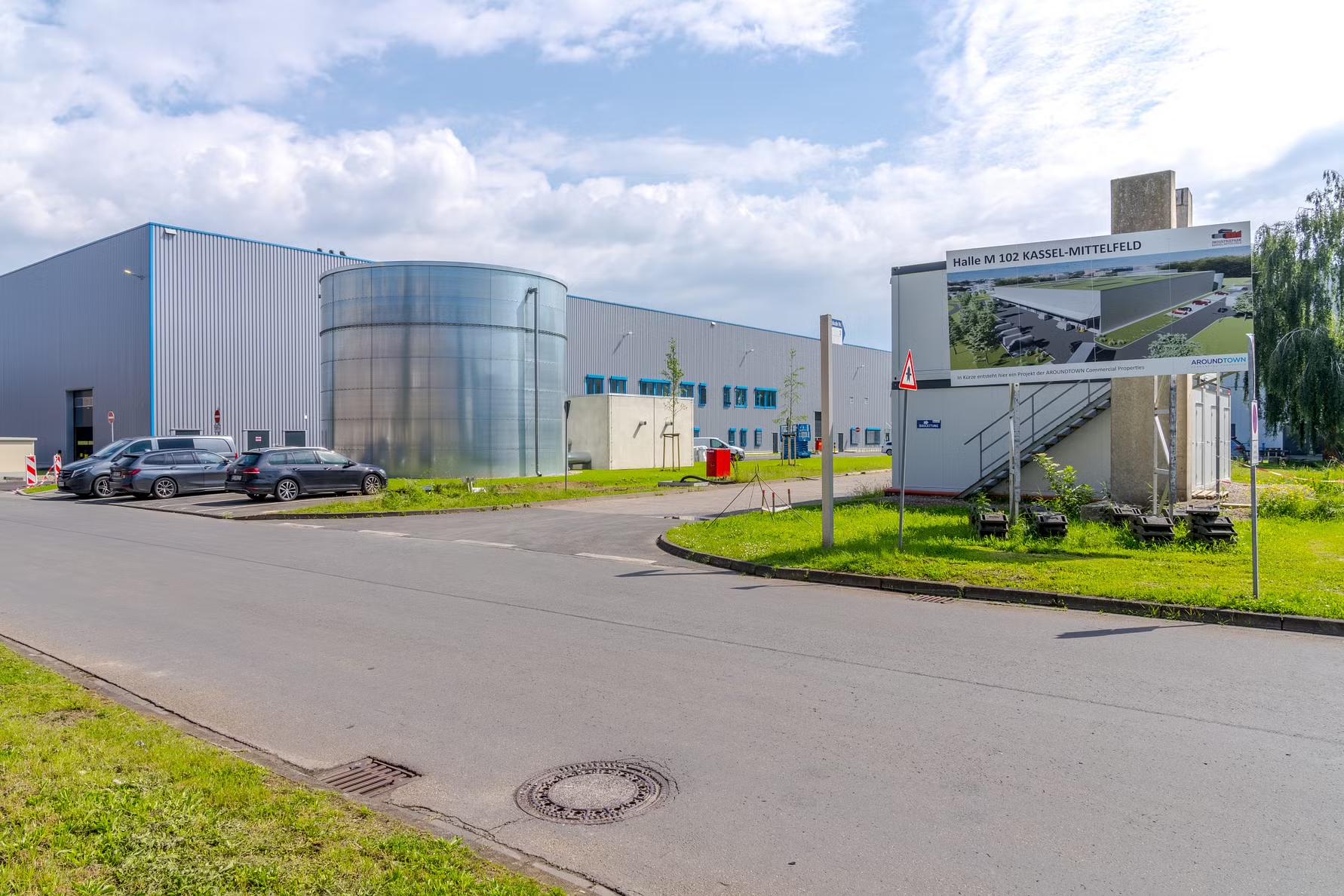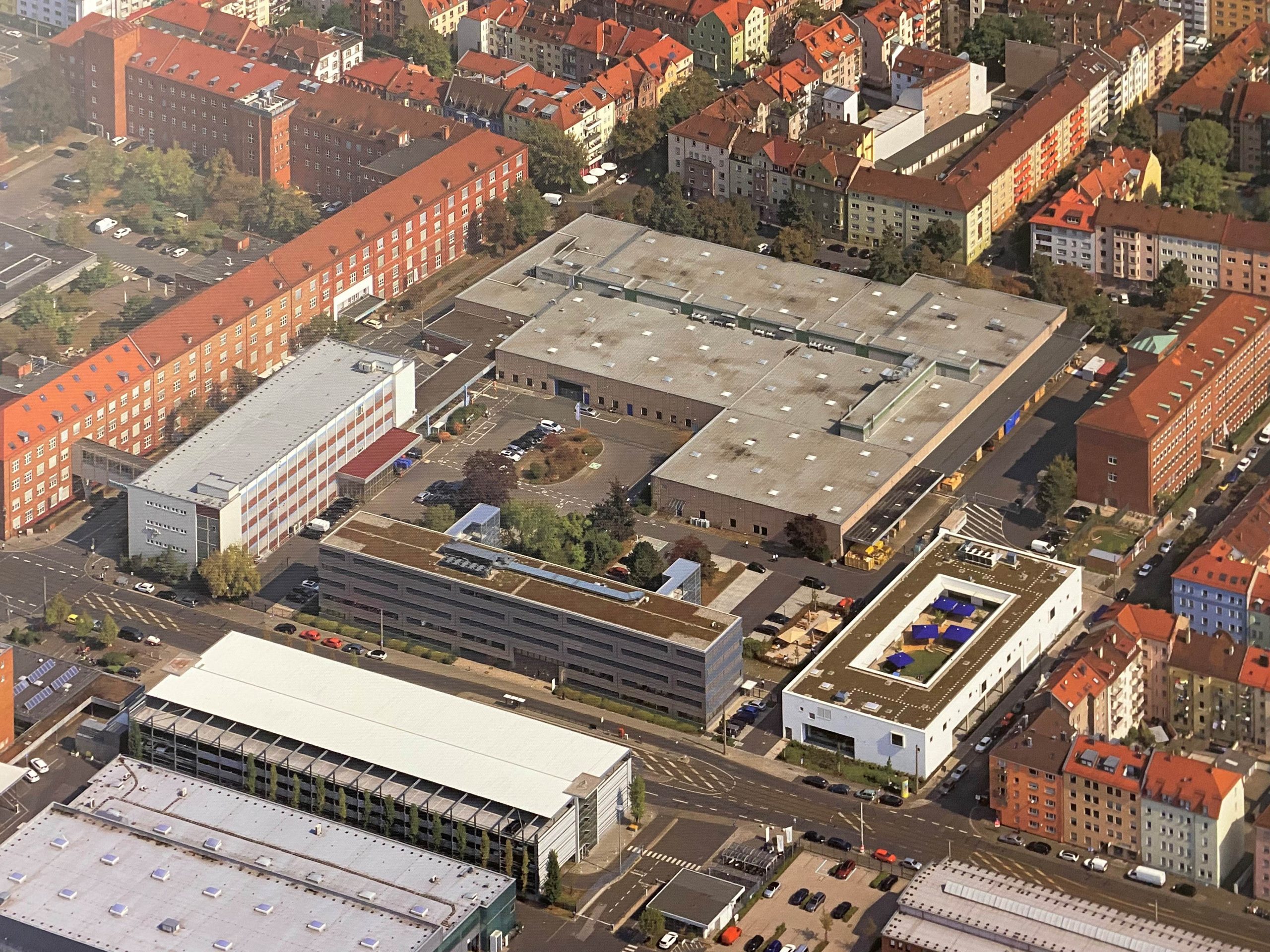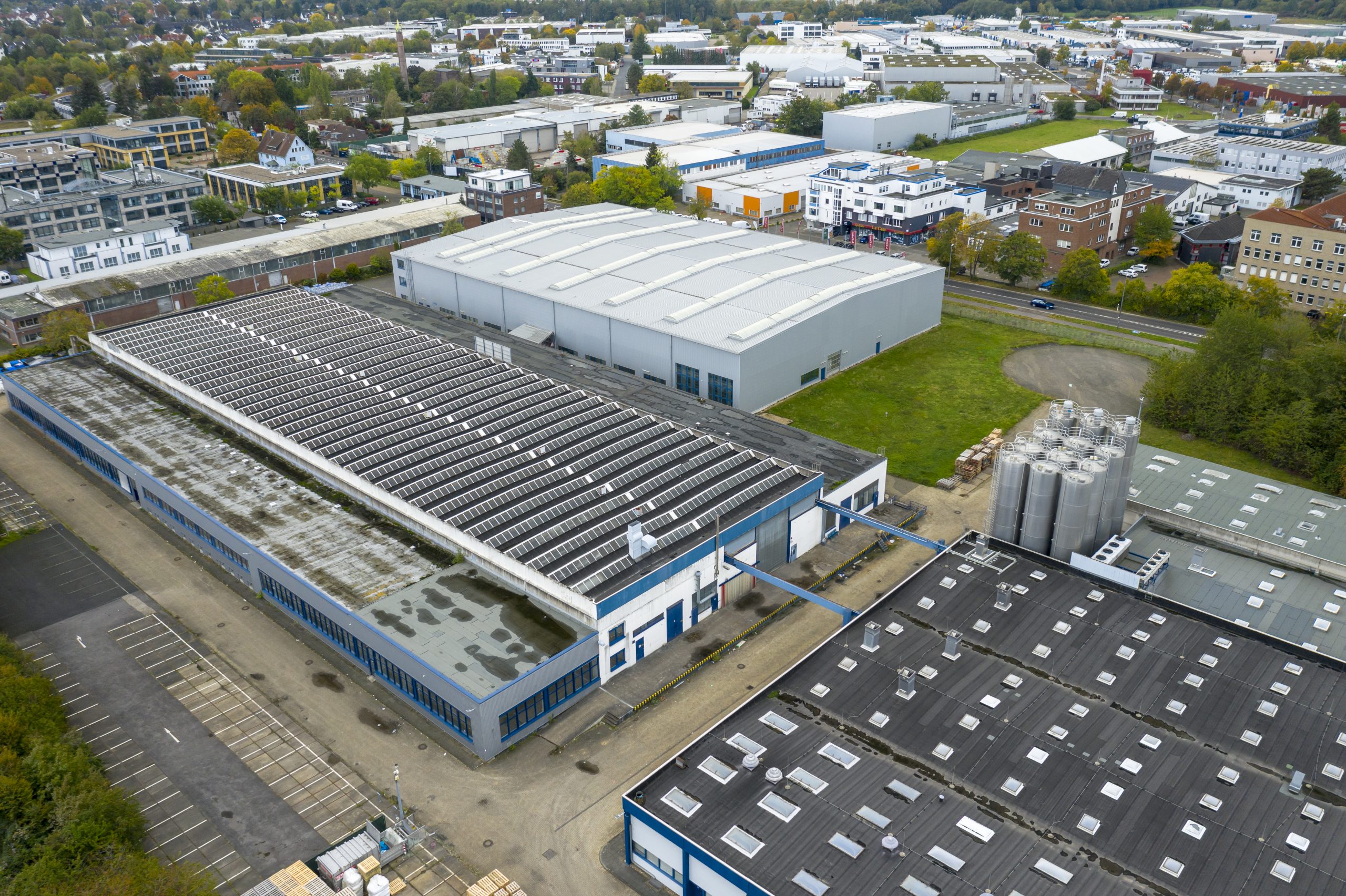Cloud computing and the rise of artificial intelligence (AI) are driving the demand for data centers to a new level.
What was considered a niche segment a decade ago is now one of the most dynamic asset classes in the real estate sector.
AI as a growth driver
The rapid development of large AI models is leading to an enormous need for high-performance infrastructure:
- Training AI requires enormous amounts of data and high computing power – usually in regions with a cheap energy supply.
- The application (“AI inference”), on the other hand, requires proximity to metropolitan areas to ensure low latency.
This is how new clusters are emerging in urban and technological centers around the world – from the USA to Europe to the Nordic markets.
Global market trends
In the U.S., growth is increasingly shifting from established hotspots like Northern Virginia and Silicon Valley to regions like Dallas, Phoenix, and Austin.
In Europe, the FLAP-D markets (Frankfurt, London, Amsterdam, Paris, Dublin) continue to dominate, but bottlenecks in electricity and space are promoting expansion into Madrid, Zurich, Milan and Berlin – Copenhagen and Stockholm are also gaining in importance.
Energy as a key resource
Access to energy is the key success factor. Without close cooperation with utilities and authorities, projects can fail.
Complexity and opportunities
Data centers are among the most challenging real estate developments. Technical expertise, reliable supply chains, experienced construction partners and strong relationships with energy suppliers and tenants are crucial to success.
Attractive return prospects
Data from NCREIF shows that
portfolios with data center shares have returned an average of around 13% over the past decade – with comparable risk to portfolios without these investments (around 9%).
As a result, data centers are significantly improving their risk-return profile and establishing themselves as a strategic core asset class.
“Data centers are becoming highly strategic assets with attractive return potential – they are the infrastructure that keeps our digitalized world running.”
— Matt Hackman, Principal Asset Management

